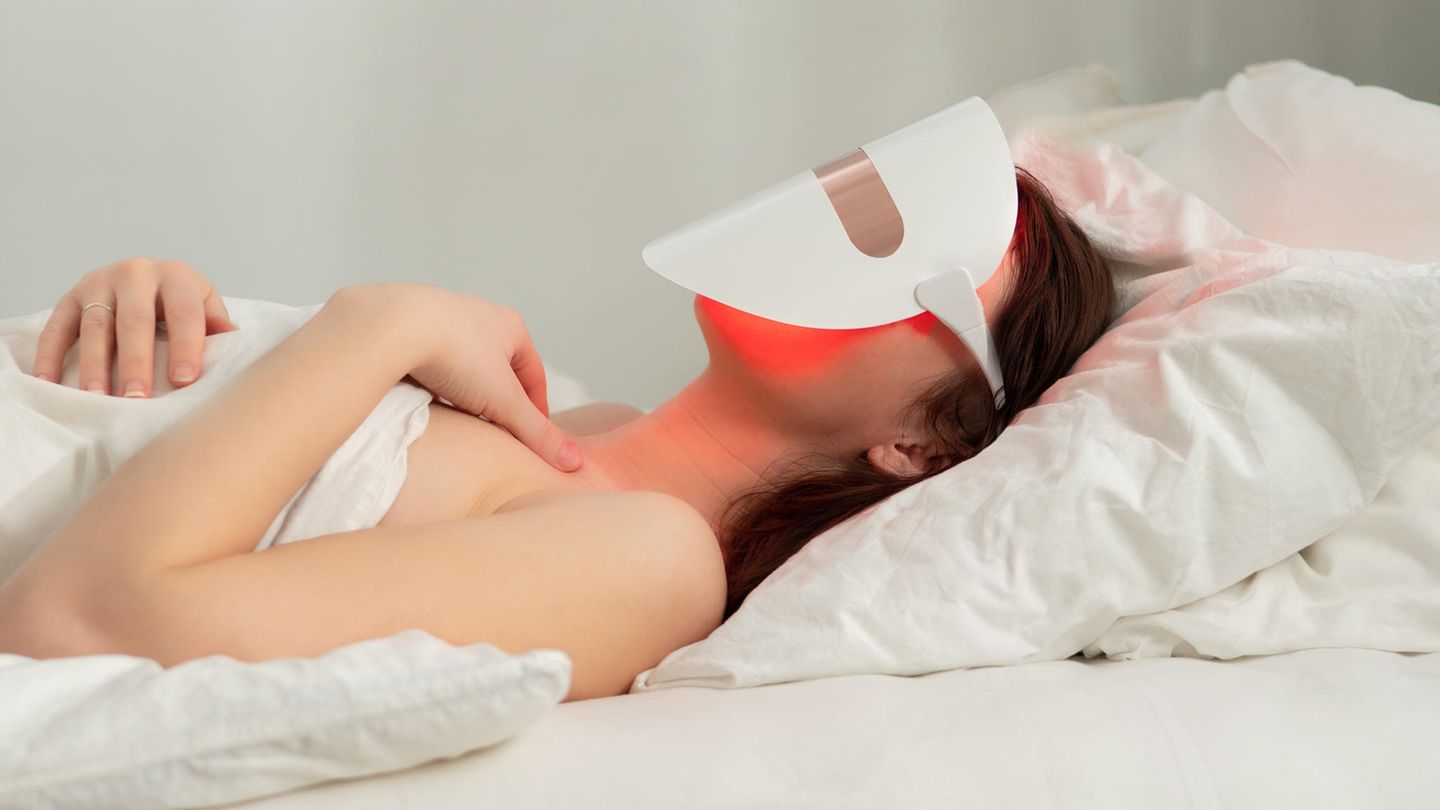I’m Caroline, a journalist and author for 24 Hours Worlds. I specialize in health-related news and stories, bringing real-world impact to readers across the globe. With my experience in journalism and writing in both print and online formats, I strive to provide reliable information that resonates with audiences from all walks of life.
Menu
LED mask: domestic light therapy for radiant skin
Categories
Most Read
Nail biting: How to break the habit
October 20, 2025
No Comments
Time change 2025: Why are we still turning the clock?
October 18, 2025
No Comments
Children with a cold: How many infections are normal for little ones?
October 18, 2025
No Comments
Cell Phone Regret: She grabs me and shakes me
October 17, 2025
No Comments
New column “The Feeling of the Week”. This time: cell phone regret
October 17, 2025
No Comments
Latest Posts

Electoral impact on the Stock Market: the scenarios that the market handles for stocks and sovereign bonds
October 23, 2025
No Comments
A few days before the national legislative elections, the local financial market is preparing for a scenario of high sensitivity and volatility, where Argentine bonds

The president of the Louvre admitted failures after the million-dollar robbery and asked to strengthen security
October 22, 2025
No Comments
October 22, 2025 – 20:29 Laurence des Cars acknowledged before the French Senate that the museum’s external chambers were obsolete. “This episode is a huge

Pierre Gasly spoke about his relationship with Franco Colapinto after the controversy with Alpine at the Austin GP
October 22, 2025
No Comments
The French team will take advantage of being last in the current championship to have more hours in the wind tunnel, which will allow progress
24 Hours Worlds is a comprehensive source of instant world current affairs, offering up-to-the-minute coverage of breaking news and events from around the globe. With a team of experienced journalists and experts on hand 24/7.

